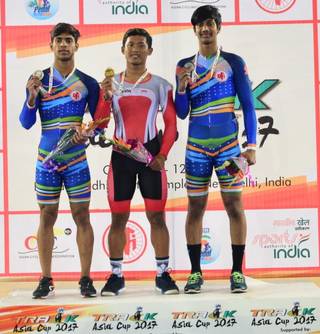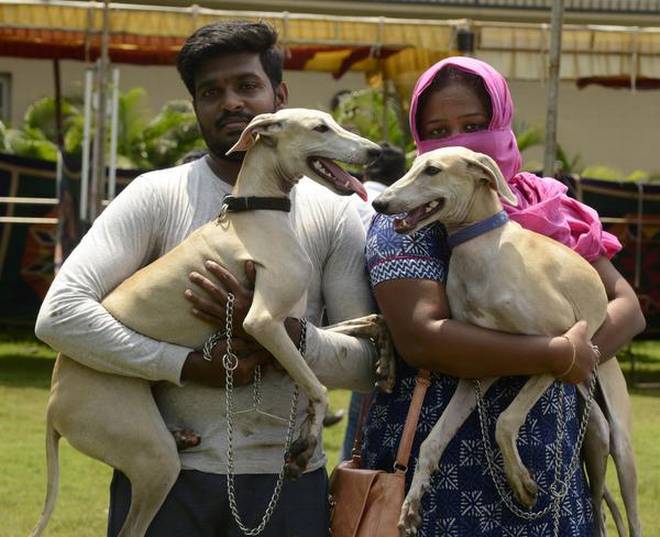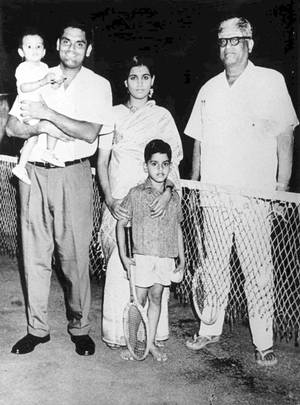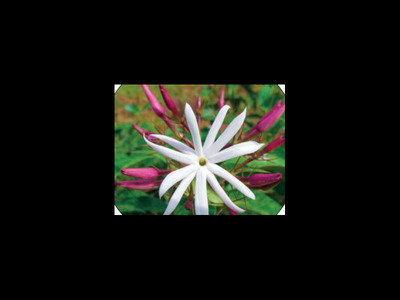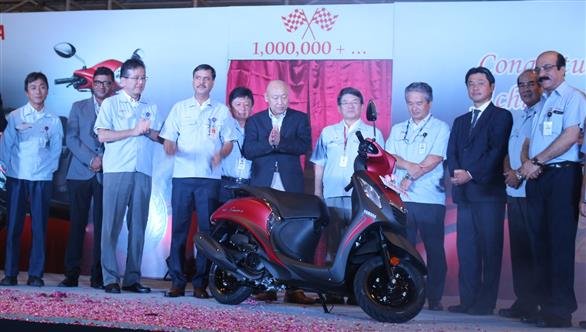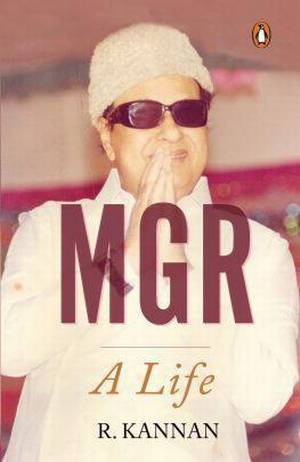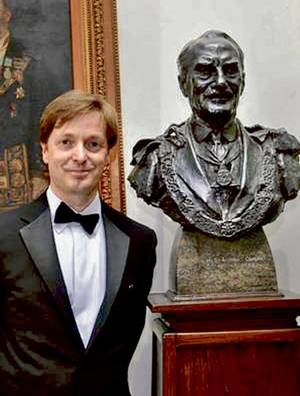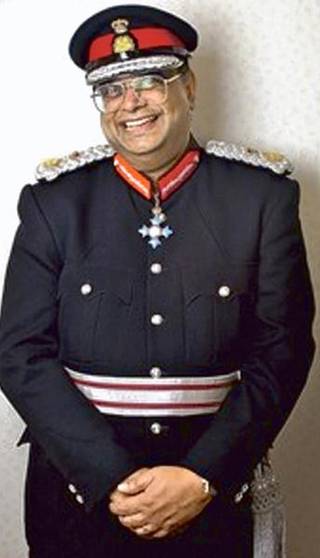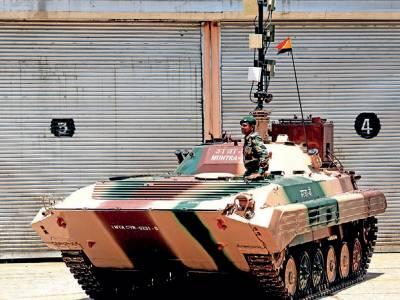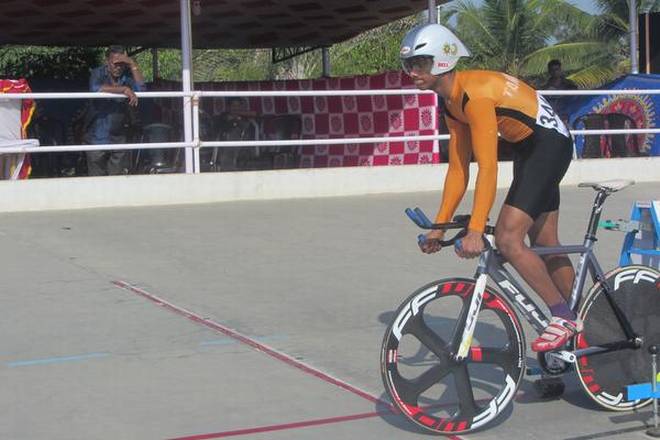
In conversation with JK Aswin, a third-generation cyclist who is winning laurels for the country
Practising a sport requires commitment and dedication but excelling at it needs grit and determination. Coimbatore-based JK Aswin, a gold medallist from the Track Asia Cup 2017 and a third-generation cyclist, talks about his journey in spinning the wheels. Excerpts:
What inspired you to take up cycling?
Coming from a family of cyclists, there was no lack of inspiration and motivation. My grand-dad, late Jayaraman was a member of the national road cycling team from 1958 to 1962. My dad Krishnamoorthy was also a member ofthe national squad from 1984 to 1987. I was a late bloomer, started riding a bike when I was seven years old. I had always been fascinated by my grandad’s and dad’s medals and certificates. once on the bicycle, the joy of riding inspired me to aim for my own collection of medals.
Can you talk a little about your formative years?
In the first couple of years, I spent a lot of time riding with my dad along Kovaipudur and through the villages around Coimbatore. This helped build my riding technique and connect with the bike. My first taste of racing was at the age of 10 in the Tamil Nadu State Cycling Meet in 2009. I finished fourth in the under-13 category. After that, the fun rides were gradually substituted with more intense training. Three to four hours of riding became a norm during weekdays and weekends were booked for hill training sessions in The Nilgiris.
Why did you go in for track racing?
The different disciplines in cycling require specific skills. A 100 km race requires endurance and efficient usage of energy reserves, whereas a track sprint requires muscular power, ability to understand the competitor’s weakness and technique to ace. I was hooked on speed and quick short sprints so I picked the latter. Another key reason was that training indoors was safer than on open roads. We in India are still warming up to cycling as a sport and road users are not used to a bicyclist riding at over 40 kmph.
How did the transition from state to national level happen?
It started in 2014 when I was selected to train in the national camp hosted by the Cycling Federation of India and Sports Authority of India. The training was scientific and focussed. The regular rides were measured and post-training effects analysed. Speed and duration became secondary parameters and training with heart rate and power was introduced. In time, I got to understand that recovering after a training session was key to performance rather than slogging day in and day out on the bike. The technique was to push the body and mind to higher levels of performance through High Intensity Interval Sessions (HIIT), give the muscles just enough time to recover, gain strength and slot in another HIIT session focussing on another performance parameter.
What about the training camp in Germany?
The big jump came when the Indian squad at the CFI camp enrolled for a three-month training programme in Germany between June and August 17. We were trained by the German national coach in the Cottbus Velodrome. The formula was to train, race, recover and repeat. The team was not allowed to use mobile phones for three months and the training was intense. We also got an opportunity to compete with teams from other European nations and the take-away was immense. Competing with these Olympic standard teams became part of the training schedule and we were able to finetune our understanding of aerodynamics, riding posture and race strategies.
What is next?
The interim goals is to represent India in the 2018 Commonwealth Games to be held in Queensland, Australia. I also have my eye on the Asian Games in August 2018 at Indonesia. Good results in these two will win India a berth in the 2020 Summer Olympics at Tokyo. This would be a big one for us as a nation, as the Indian cycling team would have won a slot to compete in the Olympics after 56 years. The last time India was represented was in 1964 at the Tokyo Olympics.
Achievements
National medallist in Track Championship 2012, 2013 and 2015
Won the National Award for Exceptional Achievement in 2010. The award was presented by then President of India Pranab Mukherjee
Track Asia Cup. Gold in team sprint (men junior) and bronze in sprint (Men junior) at the Track Asia Cup in 2017
source: http://www.thehindu.com / The Hindu / Home> Life & Style> Fitness / by Deepak Samuel / October 20th, 2017
